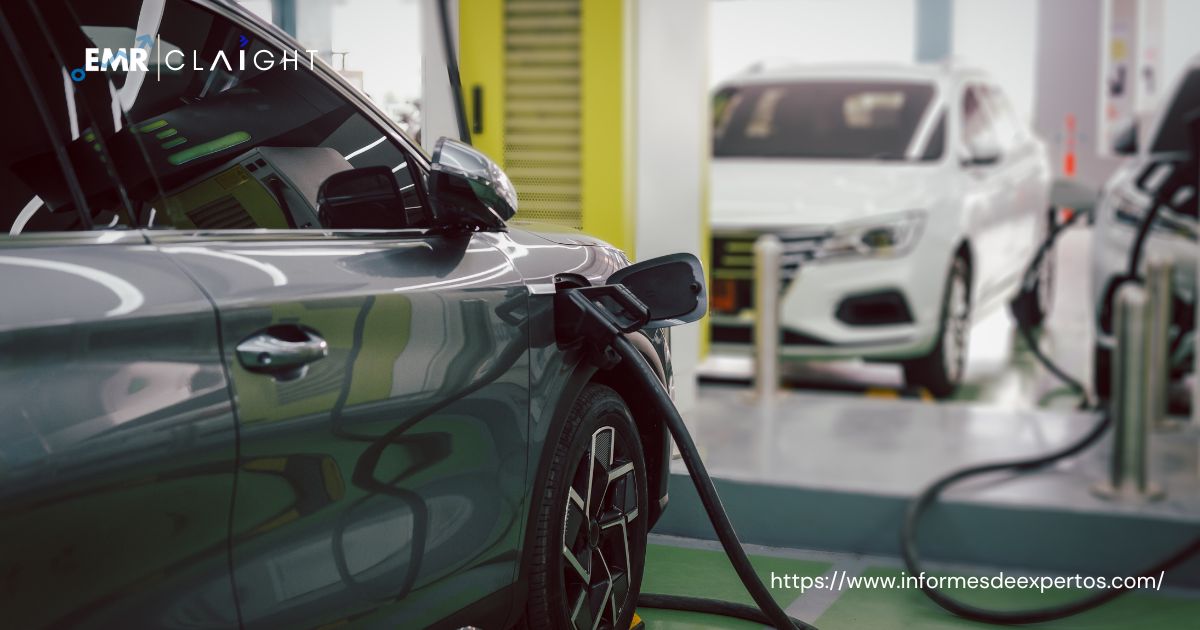The automotive industry in Spain has witnessed a paradigm shift in recent years with the emergence of hybrid electric vehicles (HEVs) as a prominent player in the country’s transportation sector. HEVs, which combine an internal combustion engine with an electric motor, offer several advantages over traditional gasoline or diesel-powered vehicles, including reduced fuel consumption, lower emissions, and improved environmental sustainability. This article explores the dynamics, trends, and future prospects of the hybrid electric vehicle market in Spain.
History and Development
The introduction of hybrid electric vehicles in Spain can be traced back to the early 2000s when global automotive manufacturers began investing in alternative propulsion technologies to meet stricter emissions regulations and address growing environmental concerns. Spanish automakers, including SEAT and Renault, have played a significant role in advancing hybrid vehicle technology through research and development initiatives, as well as partnerships with international companies.
Market Landscape
The hybrid electric vehicle market in Spain has experienced steady growth in recent years, driven by factors such as government incentives, consumer demand for fuel-efficient vehicles, and advancements in battery technology. HEVs are available across various vehicle segments, including compact cars, sedans, SUVs, and commercial vehicles, catering to a diverse range of consumer preferences and mobility needs.
Key players in the Spanish hybrid electric vehicle market include both domestic and international automakers, such as Toyota, Hyundai, Honda, and Volkswagen, who offer a wide range of hybrid models with varying levels of electrification. Additionally, infrastructure providers, charging station operators, and energy companies are contributing to the development of the hybrid electric vehicle ecosystem by expanding charging infrastructure and promoting renewable energy sources.
Government Policies and Incentives
Government policies and incentives have played a crucial role in driving the adoption of hybrid electric vehicles in Spain. The Spanish government, in collaboration with regional authorities, has implemented various measures to encourage the purchase and use of low-emission vehicles, including tax incentives, subsidies, and access restrictions in urban areas.
Moreover, Spain has committed to the European Union’s ambitious targets for reducing greenhouse gas emissions and transitioning to a low-carbon economy. As part of its National Integrated Energy and Climate Plan (NECP), Spain aims to increase the share of electric and hybrid vehicles in its vehicle fleet, incentivize the deployment of charging infrastructure, and promote sustainable mobility solutions across the country.
Challenges and Opportunities
Despite the growth potential, the hybrid electric vehicle market in Spain faces several challenges, including infrastructure limitations, high upfront costs, and consumer concerns about range anxiety and battery life. Expanding the charging network, enhancing public awareness, and addressing technological barriers are critical to accelerating the adoption of hybrid electric vehicles and achieving long-term sustainability goals.
However, the market presents significant opportunities for industry stakeholders, including automakers, suppliers, and policymakers, to collaborate and innovate. Investments in research and development, manufacturing capabilities, and supply chain resilience can strengthen Spain’s position as a leading hub for hybrid electric vehicle production and technology development, driving economic growth and job creation in the automotive sector.
Future Outlook
The future outlook for the hybrid electric vehicle market in Spain is optimistic, fueled by evolving consumer preferences, regulatory support, and technological advancements. As awareness of environmental issues grows and the cost of electrified vehicles continues to decline, demand for hybrid electric vehicles is expected to increase, further consolidating their position in the Spanish automotive market.
Moreover, the transition towards electrified mobility aligns with Spain’s broader objectives of promoting sustainable transportation, reducing air pollution, and mitigating climate change impacts. By leveraging its industrial capabilities, innovation ecosystem, and strategic partnerships, Spain can capitalize on the opportunities presented by the hybrid electric vehicle market and pave the way for a cleaner, greener future of mobility.


